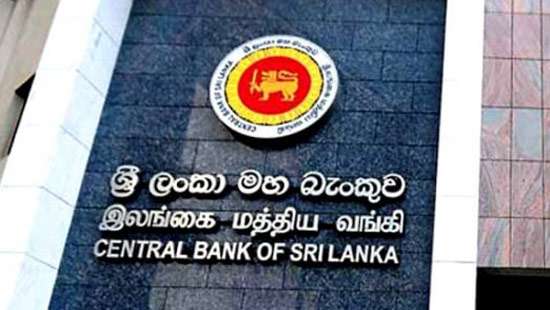Reply To:
Name - Reply Comment

The Central Bank this week announced changes to open market operations to start the year by limiting licensed commercial banks’ access to its Standing Deposit and Lending Facility windows, which together determines the overnight liquidity level in the money market.
In a circular issued to all licensed commercial banks, the Central Bank restricted the access by any individual to the Standing Deposit Facility (SDF) to a maximum of five times in a
calendar month.
The SDF is a window available at the Central Bank for banks to park their excess liquidity overnight.
Meanwhile, banks were also limited in their access to the Standing Lending Facility (SLF) to 90 percent of their Statutory Reserve requirement (SRR) at any given day.
SLF is where banks borrow from the Central Bank when they are confronted with temporary liquidity shortages.
The SRR is the mandatory amount banks must maintain as a deposit with the Central Bank as a proportion of their rupee deposit liability. Currently banks’ reserve requirement stands at 4 percent of their deposit balance and earns no interest.
Banks which park their excess liquidity using SDF earn 14.5 percent while those who borrow from the Central Bank using SLF are required to pay 15.5 percent, which together are referred to as the key policy rates of the Central Bank.
These rates are tweaked by the Monetary Board at their regular policy meetings to control the money supply and thereby inflation.
The Central Bank in April delivered a mega 700 basis points increase in the key policy rates to bring runaway inflation under control while reducing imports by destroying demand.
The ultra tight monetary policy helped to upend the direction of inflation since October after peaking at slightly under 70 percent. But, breaking the inflation cycle came at the cost of pushing many millions into poverty and hunger, while others out of their jobs and enterprises.
The changes, which will come into effect from January 16, are expected to reactivate the interbank market, which has remained nearly dormant for months. They are also expected to discourage banks from coming back to the Central Bank every time for their short and long-term liquidity needs.
For instance, limiting access to the SDF window is done with the aim of encouraging trading between the banks – among those who have excess liquidity and others with shortages, minimising the overreliance on the Central Bank by those who are short in liquidity.
Meanwhile, the limits to the SLF window are also announced with the same intention of reducing the overreliance on the Central Bank by those facing liquidity shortages and also to minimise arbitrage by those who borrow from the SLF and invest in treasury bills.
Banks can make arbitrage profits by borrowing from the Central Bank at 15.5 percent and investing in treasury bills which offer rates at 30.0 percent or more.
Although the Central Bank announced measures to discourage banks from coming back to it for liquidity needs under SLF, it can provide liquidity support under the reverse repurchase option even for fairly long periods.
The Central Bank in November said it would intervene in the interbank market to improve liquidity and thereby put downward pressure on interest rates which have so far refused to budge from their exponential levels.
The elevated rates have significantly dampened the appetite for business and consumption spending, which together have deepened the country’s prolonged decline in its output.